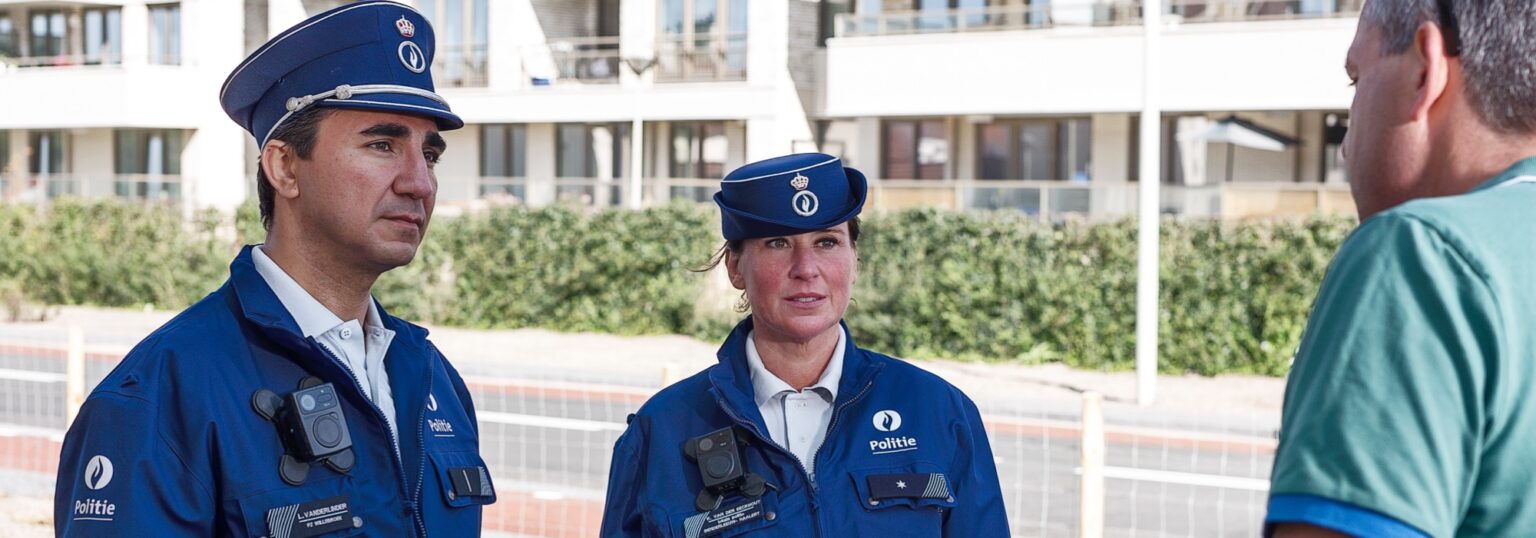From Surveillance to Safety: The Role of Body Mounted Cameras in Public Spaces

In an increasingly digital and connected world, the use of technology for public safety has become more prevalent. One such technology that has gained popularity in recent years is body-mounted cameras. Originally used by law enforcement, body-mounted cameras are now being adopted in various public spaces to enhance security, monitor activities, and ensure the safety of individuals. This article explores the evolution of body-mounted cameras from tools of surveillance to instruments of safety in public spaces.
The Evolution of Body Mounted Cameras
Body-mounted cameras have been traditionally associated with law enforcement as a means to monitor interactions between officers and civilians. However, over time, the use of these cameras has expanded to include other sectors and public spaces. The evolution of body-mounted cameras can be traced through the following phases:
Phase 1: Law Enforcement
- Originally used by police officers to record interactions during patrols and arrests.
- Helped in providing transparency and accountability in law enforcement practices.
Phase 2: Security Personnel
- Adopted by security personnel in public spaces such as malls, airports, and stadiums.
- Enabled real-time monitoring of activities and enhanced response to security threats.
Phase 3: Public Spaces
- Deployed in public spaces like parks, parking lots, and public transportation to ensure public safety.
- Used for monitoring crowd behavior, identifying potential risks, and aiding in emergency response.
Benefits of Body-Mounted Cameras in Public Spaces
The use of body-mounted cameras in public spaces offers various benefits that contribute to the safety and security of individuals in these areas:
Enhanced Surveillance
- Provides continuous monitoring of public spaces to deter criminal activities.
- Captures valuable footage that can be used for investigations and evidence collection.
Improved Accountability
- Promotes accountability among security personnel and individuals in public spaces.
- Reduces incidents of misconduct and enhances trust between the public and authorities.
Quicker Response to Emergencies
- Enables real-time communication and coordination during emergencies.
- Allows for faster deployment of resources and assistance to individuals in need.
Challenges and Concerns
While body-mounted cameras offer several advantages in enhancing public safety, their implementation also raises certain challenges and concerns that need to be addressed:
Privacy Issues
- Concerns regarding the invasion of privacy and surveillance in public spaces.
- Debate over the retention and use of recorded footage, especially in sensitive areas.
Data Security
- Risks associated with the storage and protection of sensitive data collected by body-mounted cameras.
- Potential breaches or leaks of footage that could compromise the safety of individuals.
Cost and Implementation
- Financial implications of deploying and maintaining body-mounted camera systems in public spaces.
- Training requirements for personnel handling the cameras and managing the data effectively.
Future Trends and Innovations
Looking ahead, the use of body-mounted cameras in public spaces is expected to continue evolving with advancements in technology and new innovations. Some future trends and developments in this area include:
Integration with AI and Analytics
- Utilizing artificial intelligence for real-time analysis of camera footage to identify patterns and anomalies.
- Implementing predictive analytics to anticipate security threats and prevent incidents.
Enhanced Connectivity and Communication
- Integrating body-mounted cameras with communication systems for seamless coordination during emergencies.
- Enabling data sharing between different agencies and stakeholders for better collaboration in public safety efforts.
Miniaturization and Wearable Technology
- Developing smaller and more discreet body-mounted cameras for increased comfort and convenience.
- Exploring wearable technology options that combine cameras with other safety features for comprehensive protection.
Overall, the role of body-mounted cameras in public spaces is shifting from being tools of surveillance to instruments of safety. By addressing the challenges and utilizing the benefits of these cameras effectively, public safety officials can enhance security, improve response times, and create safer environments for individuals in various public spaces.
